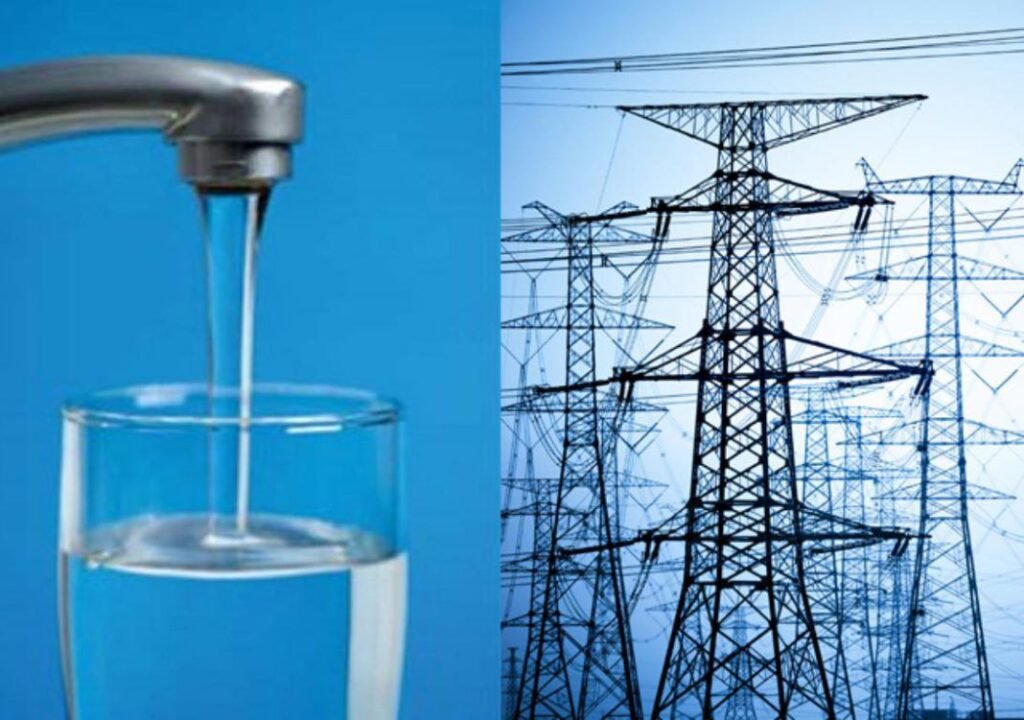The Public Utilities Regulatory Fee (PURC) has carried out new tariff changes, rising electrical energy costs by a median of 14.75% and water charges by 4.02% for all client classes.
The choice, aligned with the Fee’s quarterly tariff overview framework, goals to keep up monetary sustainability in utility service provision.
In an official assertion, the PURC cited 4 crucial elements influencing the adjustment:
MUST READ: ‘Forgive us’ – IGP Yohuno begs Bawku Naaba over police-youth clash [Video]
)
The Fee emphasised that the revision seeks to stability income restoration, stopping each extreme over-recovery and detrimental under-recovery by utility suppliers.
READ ALSO: 10 remarkable technological inventions you didn’t know were made by Africans
This marks the second adjustment inside a 12 months, following July 2023’s will increase of 4.22% for electrical energy and 1.18% for water.
Cumulatively, shoppers now face an 18.97% rise in electrical energy tariffs and a 5.20% hike in water prices over the previous 10 months—additional burdening households amid ongoing financial challenges.
The PURC defended the transfer, citing vital income shortfalls which have led to extreme monetary pressure on utility corporations. With out these changes, the Fee warned, service suppliers danger operational collapse.
Notably, the assertion clarified that the will increase may have been steeper had the PURC pursued full restoration of collected deficits from earlier quarters, indicating a measured strategy to the tariff revisions.
The most recent adjustment takes quick impact, with the Fee reaffirming its dedication to balancing affordability with the long-term viability of Ghana’s utility sector.
READ MORE: C/R: 19-year-old suspected gay from Kasoa escapes lynching in Assin Fosu
)
Impact of the intensification
The current utility tariff will increase of 14.75% for electrical energy and 4.02% for water introduced by the PURC may have wide-ranging results throughout Ghana’s financial system and society.
For households, the hikes will squeeze already tight budgets, forcing households to allocate extra earnings to utility payments on the expense of different necessities like meals, training, and healthcare.
Low-income shoppers could also be pushed into power poverty, doubtlessly resorting to unsafe options like unlawful connections or charcoal use.
Companies, notably producers and SMEs, face greater operational prices that would result in value will increase throughout items and providers, diminished manufacturing capability, and even layoffs.

)
)